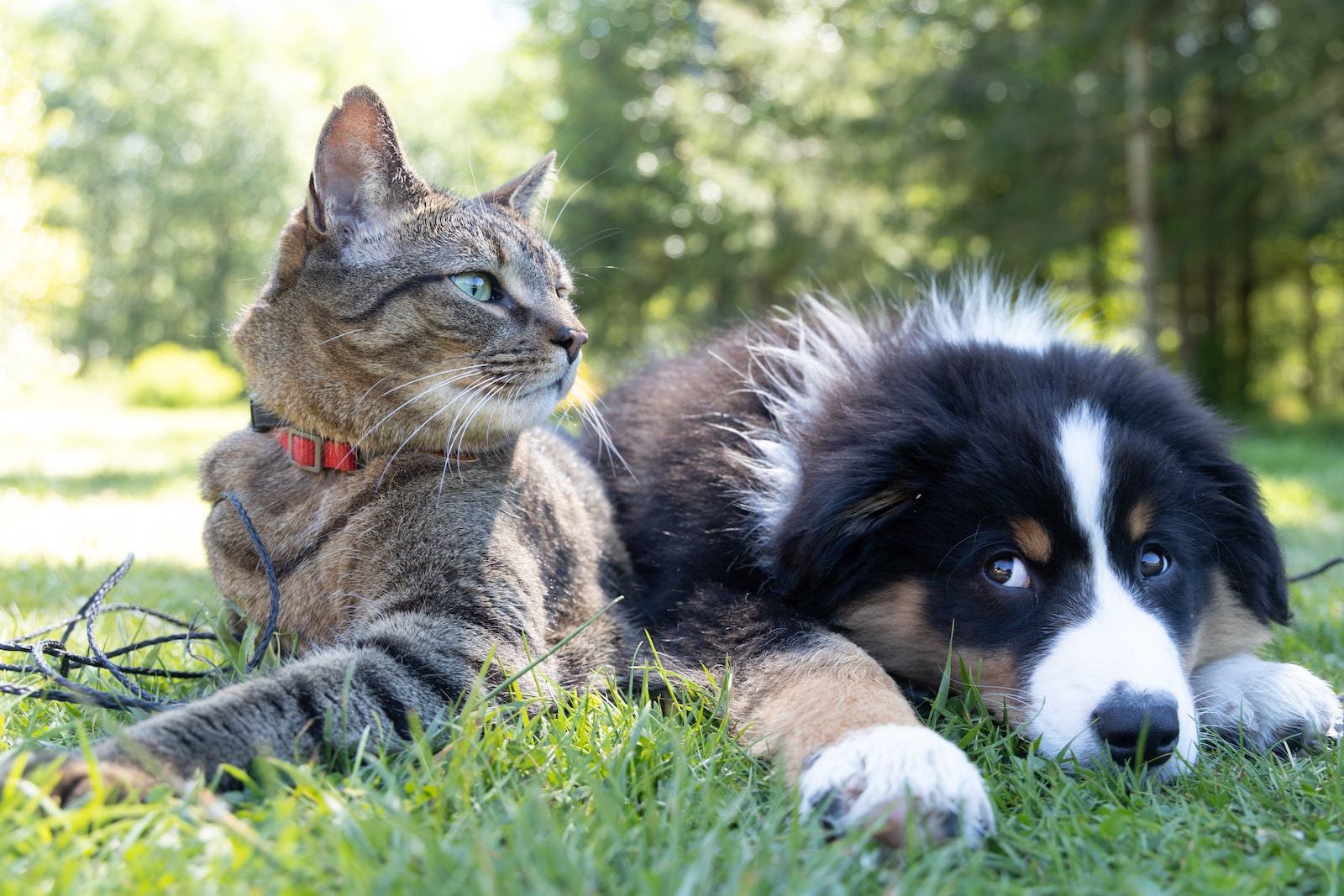How Pet Insurance Works in 2023
Ever stared into your pet’s eyes and promised to protect them from harm? Pet insurance is a practical way to fulfill that promise. It’s like health insurance, but for our four-legged buddies. The premise is simple: you pay a monthly premium, and your pet’s medical expenses – from x-rays to surgeries – are covered.
Like regular health insurance, there are caveats. You will have to do due diligence to find out what is best for your pet. Pre-existing conditions and events during waiting periods often fall outside the coverage umbrella, so if your pet already has a chronic diagnosis, you may struggle to get coverage.
To help you make the best decision, let’s take a deeper look at how pet insurance works in 2023.
What’s Included and What’s Not?
Your pet’s health insurance policy is a bit like a pet itself – it requires attention and understanding. Most basic pet insurance policies cover diagnostics and treatments for accidents and illnesses. Think blood tests, medication, even unconventional therapies like hydrotherapy.
However, not everything your pet does (or needs) falls under this pet-proof umbrella. Pre-existing conditions, events during the waiting period, and some out-there treatments (ever heard of a kitty sound bath?) are unlikely to be covered. It’s crucial to understand these nuances before you sign on the dotted line.
Counting the Kibble
Pet insurance costs vary depending on a number of things. Your pet’s species, breed, age, location, and the coverage you choose, all factor into the final amount you pay. After all, vet bills are vastly different for different types of pets.
For some breeds, pet insurance is going to be expensive. This is because they may be prone to chronic conditions like hip dysplasia. Also, the older your pet is, the more you’re going to pay. Most pet insurance providers have a cut-off, too, so insuring an animal near the end of its life is not an option.
If you are struggling to find pet insurance that you can afford, you can try to customize your pet insurance policy. Adjust your co-insurance, deductible, and annual limit to strike a balance between coverage and cost. That said, the lower the premium, the less coverage you get.
Whatever you decide on, pet insurance will likely save you money in the long run. Vet bills are sky-high in 2023 and medical emergencies can cost thousands of dollars.
How Claims Work
Pet insurance claims generally work on an upfront basis. You pay the vet bill and then submit a claim to your insurance provider for reimbursement. You can visit any licensed vet and then use your provider’s claim system to submit your claim.
This can be difficult for people already battling to pay their bills. However, as long as you’re able to find the cash, good pet insurance providers will pay you back promptly and yuo won’t be out of pocket too long.
The Bottom Line
Choosing pet insurance is akin to embracing a safety net for the rollercoaster ride of pet ownership. It’s a testament to the commitment we share with our furry friends, a commitment that speaks of unconditional love, care, and a promise to shield them from harm.
Pet insurance, at its core, is about peace of mind. It’s about knowing that if your pet falls ill or meets an unexpected mishap, financial constraints won’t stand in the way of their recovery. You can focus on comforting your anxious friend, instead of fretting about the towering vet bills.
While it’s true that pet insurance is an investment, remember, the returns are priceless. It’s the comfort in your pet’s eyes, the relief in their sigh, and the renewed energy in their wagging tail. It’s about securing their health, so they can continue to brighten your life with their love and companionship.
Understanding pet insurance isn’t just about navigating premiums, deductibles, or claims. It’s a step towards acknowledging our responsibilities as pet parents, ensuring that we’re prepared for whatever comes our way. In the end, it’s about making sure our pets receive the love and care they shower on us, day in and day out.

